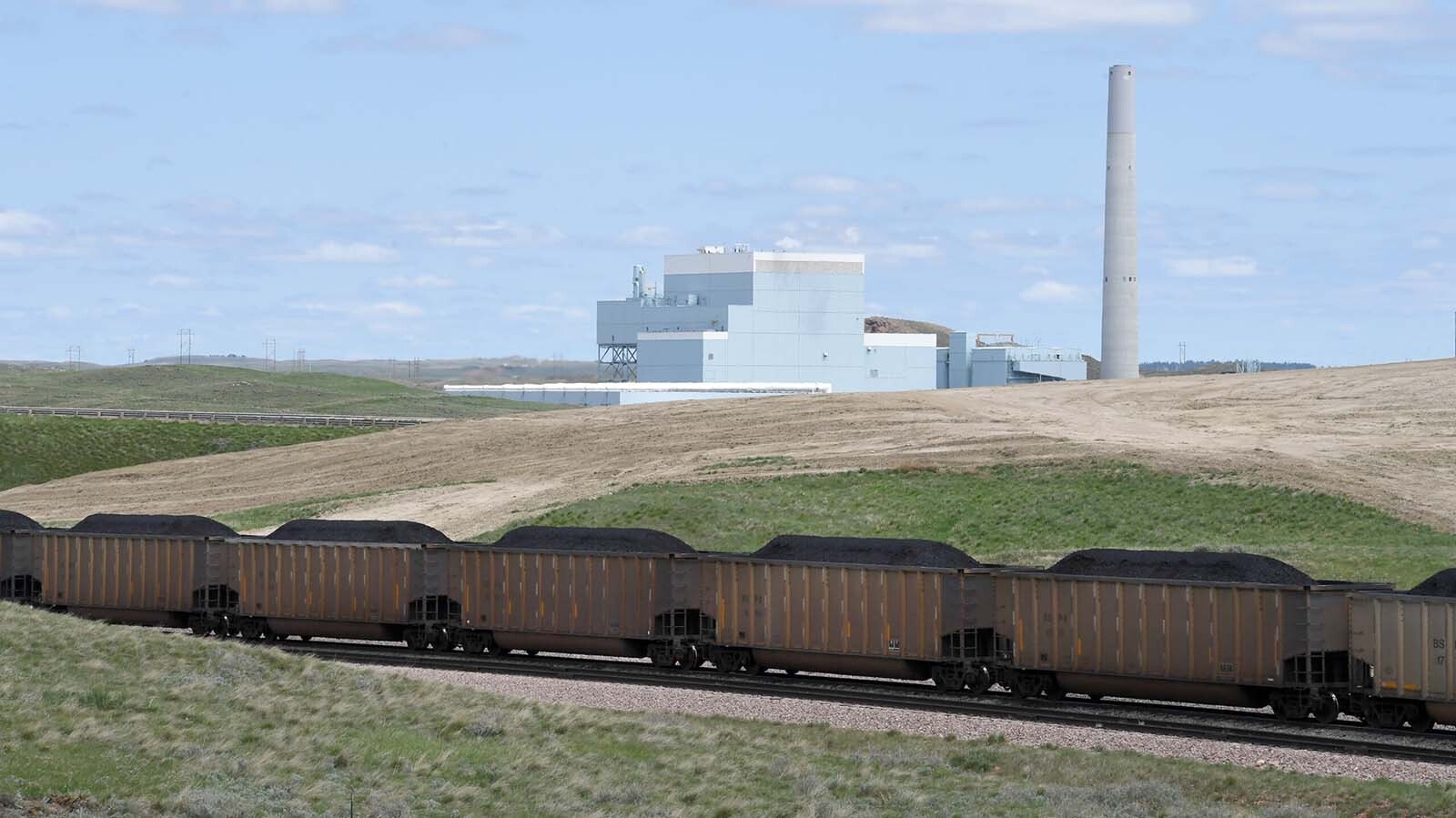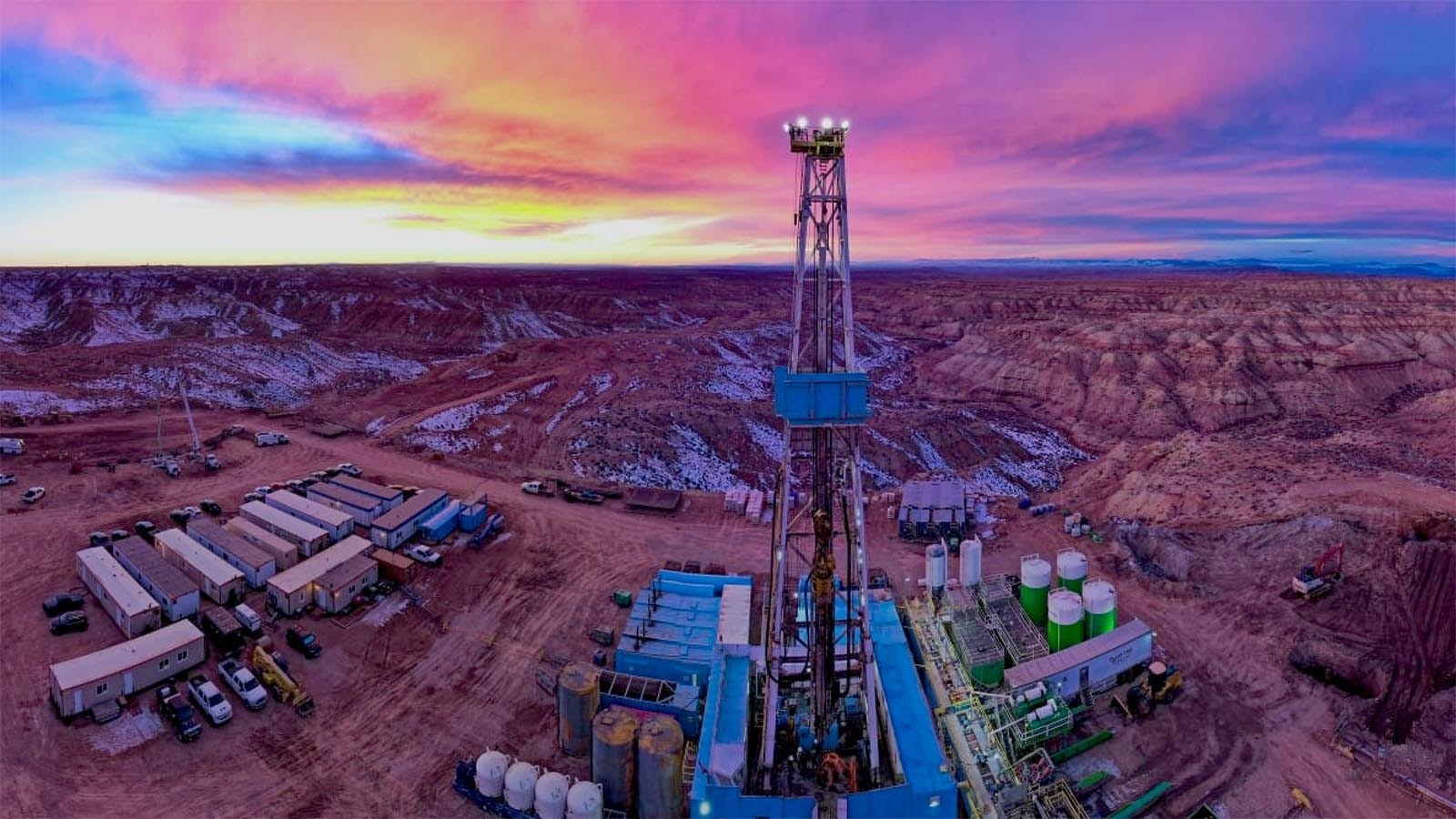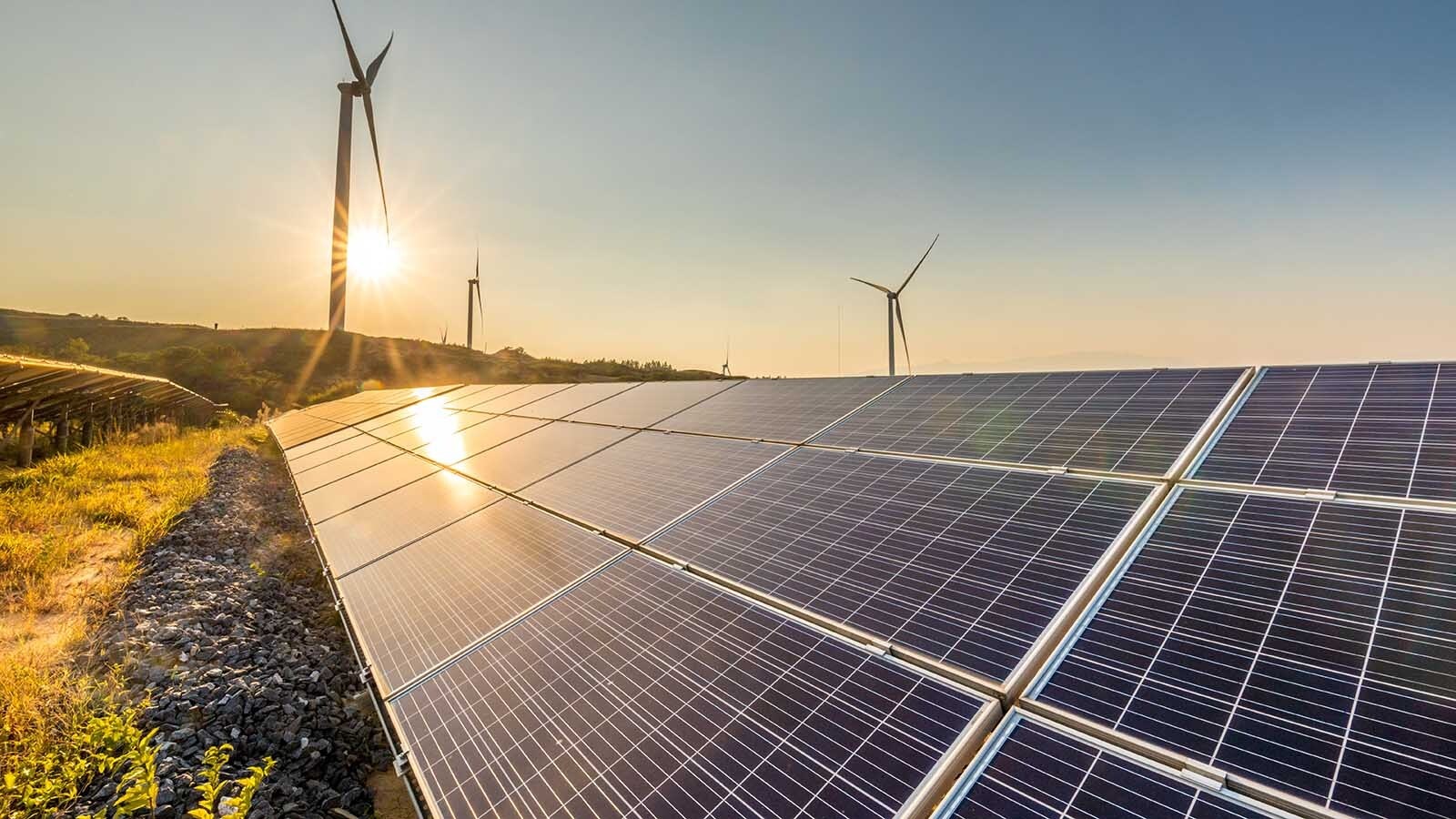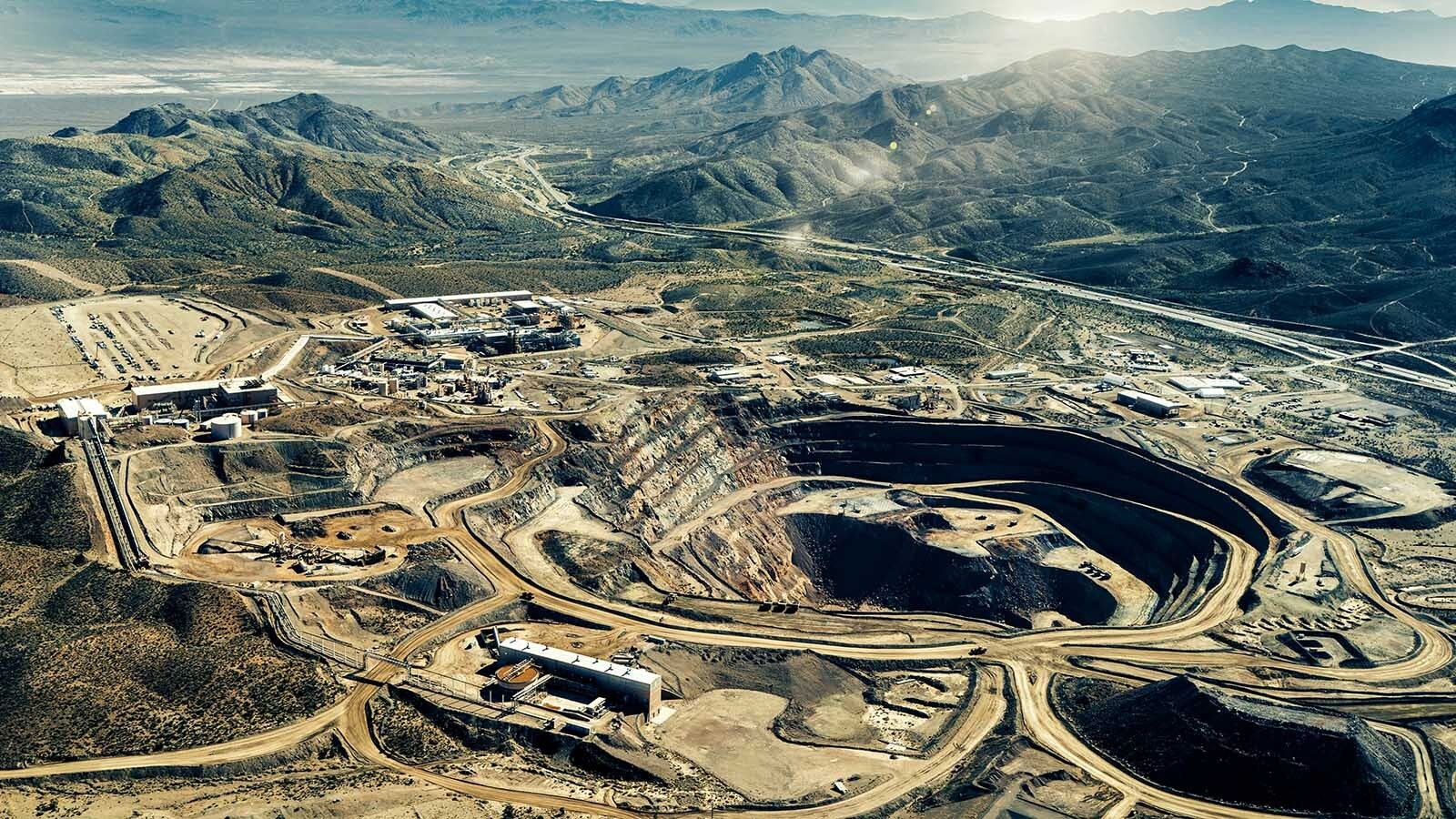A wave of bad news roiling across Wyoming’s coal industry in the Powder River Basin in recent weeks may soon trickle down to the Cowboy State’s budget, perhaps by 2025.
Job cuts could happen across the state, ranging from teaching aides and teachers to state agencies filling potholes and sending engineers out across Wyoming to check on environmental drawings for mine applications to dig for ores.
Wyoming’s budget may see an estimated $50 million shortfall in revenue collection from severance taxes and federal mineral royalties from the state’s coal operators as it moves into calendar year 2025, warns Don Richards, co-chairman of the Wyoming Legislative Service Office in Cheyenne, and who heads up the Consensus Revenue Estimating Group (CREG).
Severance taxes are paid to Wyoming when a mineral is removed from the ground, while federal mineral royalty revenues represent a portion of the Cowboy State’s revenues with the U.S. Treasury getting the rest.
The gloomy budgetary outlook was provided to Cowboy State Daily by Richards in an email Friday responding to several questions submitted to the influential budget planner.
CREG is made up of nine financial experts who come up with estimates on the state’s budget for lawmakers to use as a roadmap on how to draft spending bills.
Coal Crunch
In January, CREG came up with budget estimates in advance of the Wyoming Legislature meeting in Cheyenne in March to ink out an operating budget for the upcoming biennium that begins July 1.
At that time, CREG forecast a sizeable drop in Wyoming coal production of 20 million tons in calendar year 2025, Richards wrote in the email.
Then came a warmer than normal winter and significant coal production drops, raising eyebrows within government budget circles.
The Wyoming State Geological Survey released data April 29 showing 2024 first quarter coal production plummeting nearly 21% from the first quarter of 2023, when the state dug up 58 million tons of coal.
A few days beforehand on April 25, news broke with an announcement by Arch Energy Resources Inc. showing that it had bled red ink in the first quarter, and that layoffs are possible at Wyoming coal mines.
The St. Louis-based company said performance at its Powder River Basin mines fell short of expectations as thermal coal demands dipped due to competitive pressures from cheap natural gas and stockpiling of coal by utilities after a mild winter.
And more recently on Thursday, St. Louis-based Peabody Energy Corp., which runs the world’s most productive coal mine in northeastern Wyoming, saw its profit slip 79% from a year ago as production in the region’s surface mining operations sunk to one of its lowest levels in a decade.
Missing The Mark
“If one extrapolates out the first 17 weeks of federal data on coal production (in 2024), the annual total Wyoming coal production is on pace for approximately 191 million tons, substantially lower than the 225 million tons forecast,” Richards said.
“A miss of 34 million tons of lower coal production translates to just over $50 million per fiscal year for spending (nonpermanent) state accounts (General Fund, Budget Reserve Account and School Foundation Program),” he said.
Wyoming operates on a two-year budget cycle.
For sure, a shortfall of $50 million in revenue will hit everything from the state’s general fund, used to run arms of government like transportation, environmental regulation and general services.
Also, the Wyoming School Foundation Program, which provides a guaranteed level of funding to every Wyoming public school district, could face tight fiscal times.
The budget reserve account, or sometimes referred to as a rainy day fund, is where surplus severance taxes and federal mineral royalties can get redirected on an as-needed basis for appropriation at a later date.
Those cash pockets are only so deep.
Richards said that the April 2024 revenue update, also part of the state’s CREG continuous budget planning process, found that the current fiscal year that ends June 30 is “ahead of pace” on revenue collections from severance taxes and federal mineral royalties.
“As noted in the report, revenue collections between now and the end of the fiscal year (June 30) are reasonably expected to decline – attributable to lower than forecast natural gas prices and lower than forecast coal production,” he wrote to Cowboy State Daily.
“It is likely that the reductions will reduce (possibly eliminate) the excess revenues currently apparent from these revenue streams,” he said. “However, oil prices and oil production continue to be somewhat ahead of the CREG forecast.”
Pat Maio can be reached at pat@cowboystatedaily.com.





